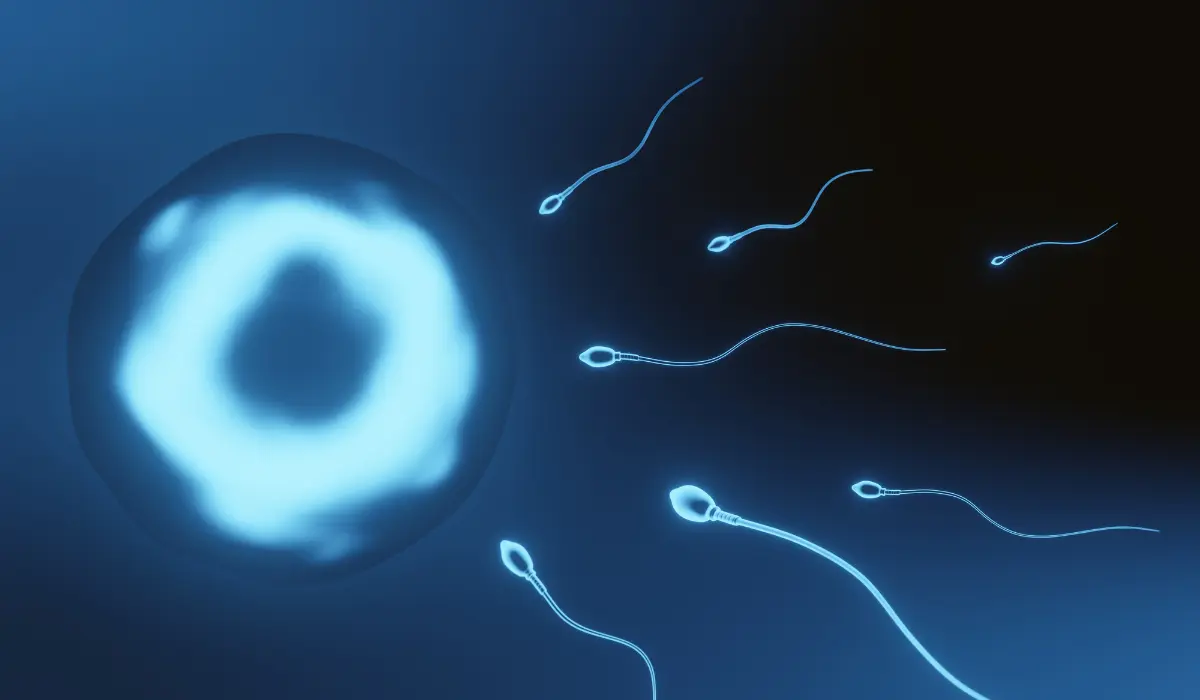Sperm cells are often regarded as the unsung heroes of reproduction. These tiny, tadpole-like cells are essential for the perpetuation of life, as they carry the genetic material required for fertilization. But have you ever wondered where these sperm cells develop into their fully functional, mature forms? In this blog post, we’ll explore the fascinating journey of sperm cell development, from their inception to maturity.
The Spermatogenesis Saga
Sperm cell development, known as spermatogenesis, is a complex and tightly regulated process that occurs within the male reproductive system. It unfolds in a series of stages, each with its unique characteristics and functions.
Testes: The Cradle of Spermatogenesis
The primary location where sperm cells begin their journey towards maturity is the testes. These paired, oval-shaped organs are situated within the scrotum, outside the abdominal cavity. Within the testes, tiny tubules called seminiferous tubules serve as the workshop for spermatogenesis. Specialized cells called spermatogonia, which are present in the testes, undergo a remarkable transformation here.
Mitosis and Meiosis: The Genetic Shuffle
Spermatogonia, the precursor cells, undergo a process of mitosis, where they replicate their DNA and divide into two cells. One of these cells remains a spermatogonium for future rounds of division, while the other becomes a primary spermatocyte.
The primary spermatocyte then undergoes meiosis, a specialized type of cell division that reduces the chromosome number by half. This results in the formation of haploid cells called secondary spermatocytes.
Further Division and Transformation
The secondary spermatocytes, in turn, undergo another round of meiosis, yielding even smaller, haploid cells known as spermatids. These spermatids are the immediate precursors of mature sperm cells but are still structurally and functionally immature. They have the necessary genetic material but lack the distinctive features that allow them to fulfill their role in fertilization.
Maturation and Transformation into Sperm
The spermatids undergo a process known as spermiogenesis, which marks the final phase of sperm cell development. During spermiogenesis, these immature cells undergo a series of structural and functional changes that transform them into fully mature, functional sperm cells, or spermatozoa. This process includes:

- Growth of the tail (flagellum): The development of a long, whip-like tail that provides motility to the sperm, allowing it to swim toward the egg.
- Formation of the acrosome: A specialized structure at the tip of the sperm head that contains enzymes necessary for penetrating the egg during fertilization.
- Reduction in cell size: Spermatids significantly reduce in size during spermiogenesis, streamlining their structure for efficient movement.
Epididymis: The Waiting Room
Once the sperm cells have achieved maturity, they leave the seminiferous tubules and travel to the epididymis, a tightly coiled tubular structure located behind each testicle. In the epididymis, sperm cells are stored and continue to undergo changes that enhance their motility and fertility. They also gain the ability to recognize and fertilize an egg.
Conclusion
The development of sperm cells from their initial spermatogonia stage to fully mature spermatozoa is a remarkable journey that takes place within the male reproductive system. It involves intricate processes of mitosis, meiosis, and spermiogenesis, each contributing to the formation of functional sperm cells.
These mature sperm are then stored in the epididymis, ready to embark on their crucial mission of fertilizing an egg. Understanding this journey helps us appreciate the complexity of human reproduction and the vital role that sperm cells play in the creation of new life.

